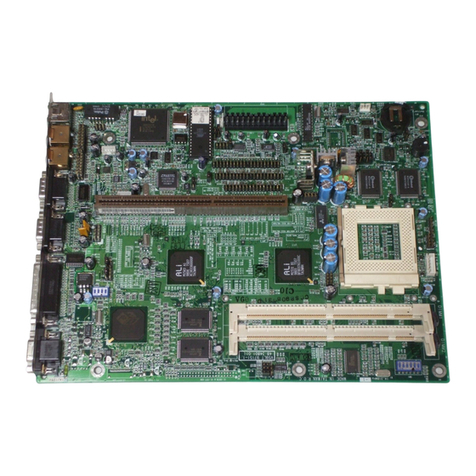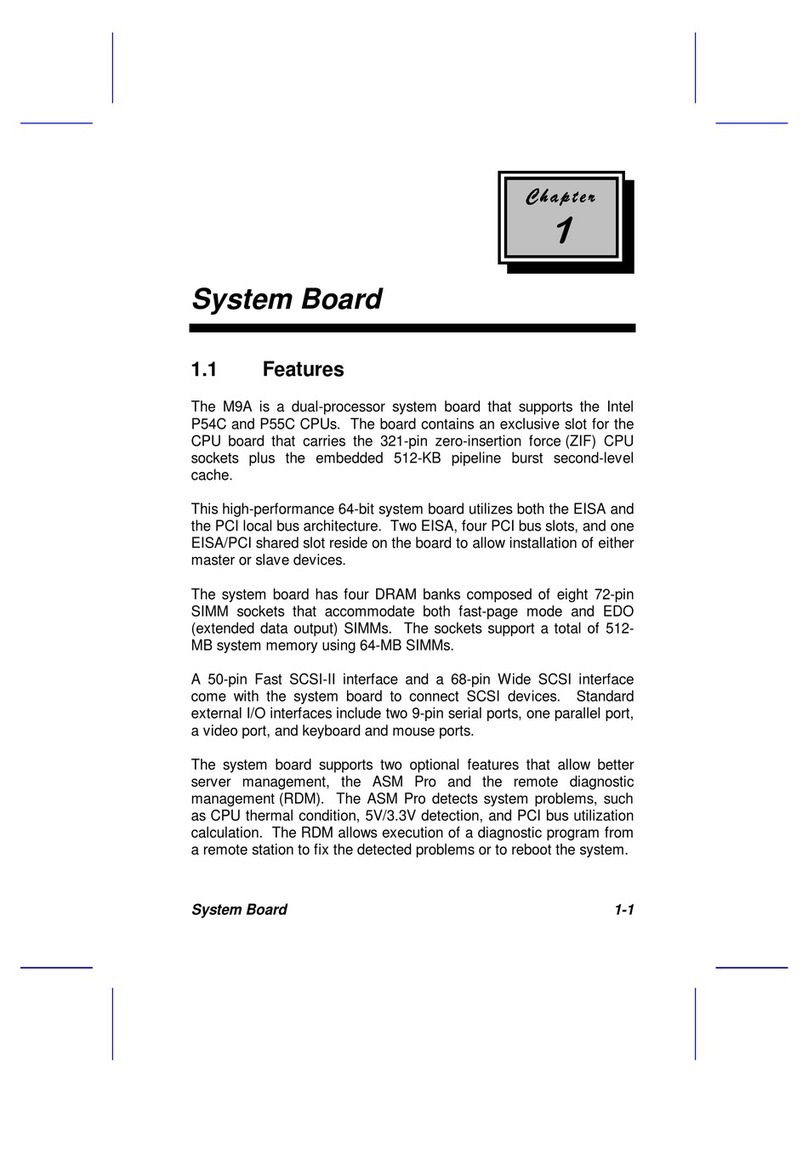Acer V35LA-N User manual
Other Acer Motherboard manuals

Acer
Acer AcerPower 3000 User manual

Acer
Acer Altos 1100 Series User manual
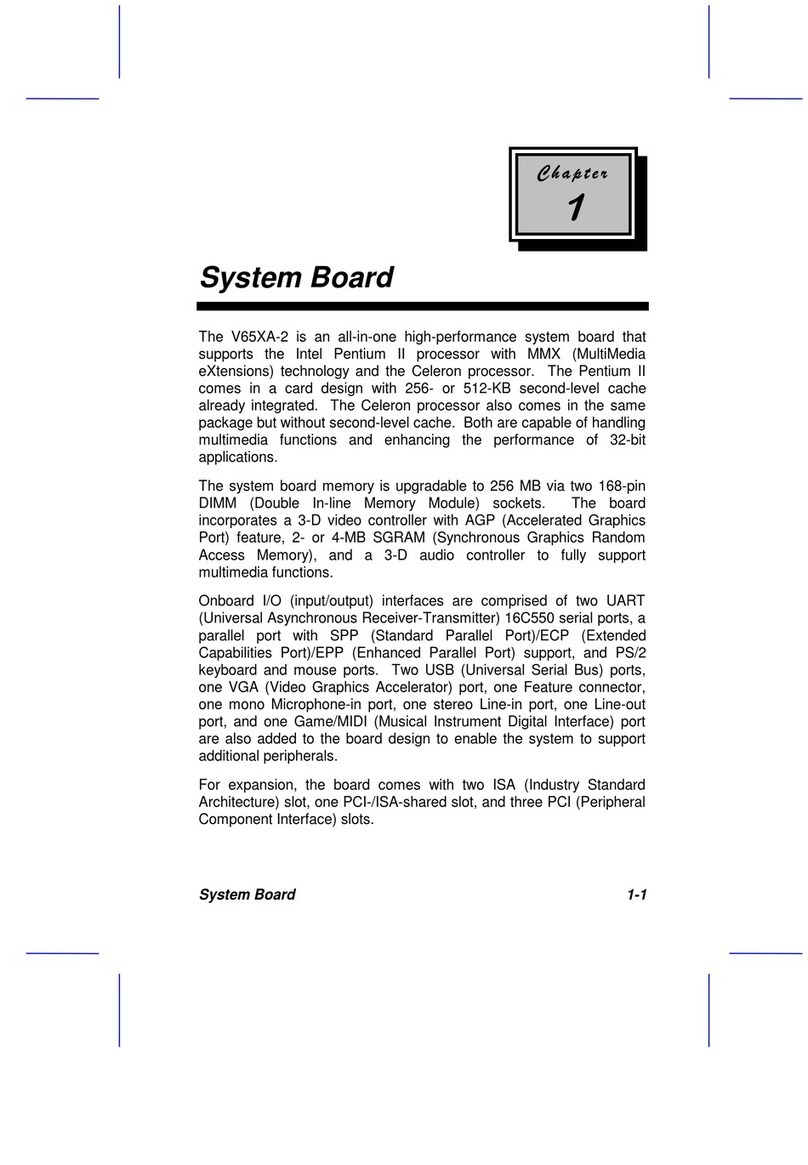
Acer
Acer V65XA User manual
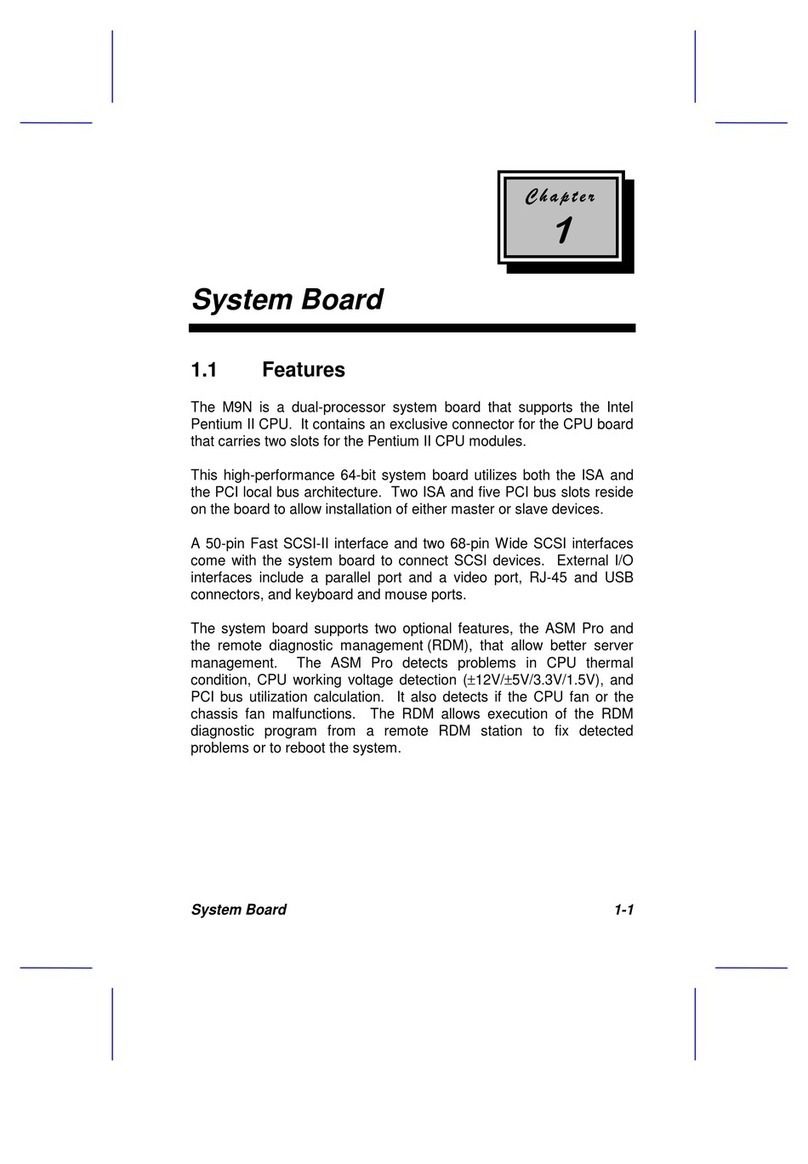
Acer
Acer Veriton 9100 User manual
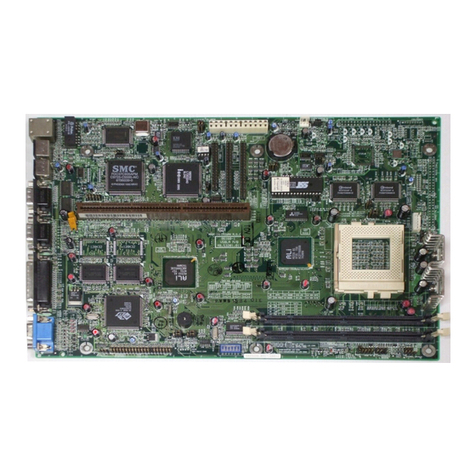
Acer
Acer AcerPower 3000 Installation instructions

Acer
Acer Altos 9100 Series User manual

Acer
Acer V38X User manual

Acer
Acer V38X User manual
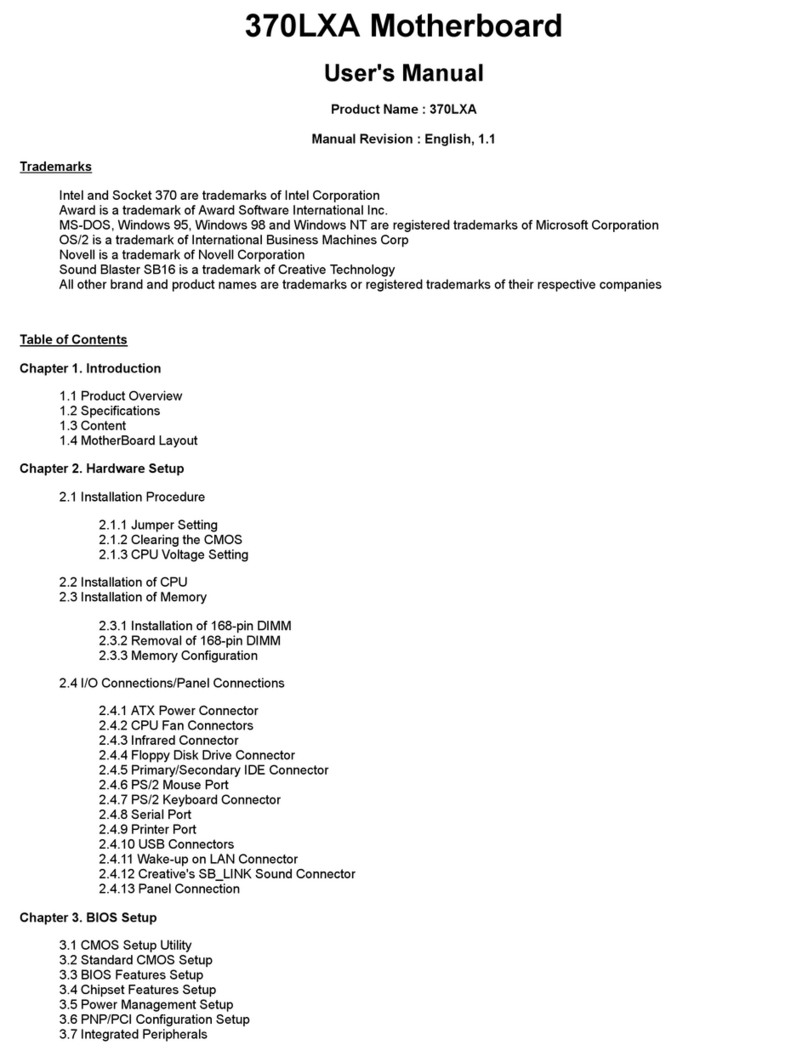
Acer
Acer 370LXA User manual

Acer
Acer 930 User manual

Acer
Acer AcerPower 6500 User manual

Acer
Acer V35X User manual

Acer
Acer V65XA Installation instructions

Acer
Acer Veriton 9100 User manual

Acer
Acer Power SE User manual
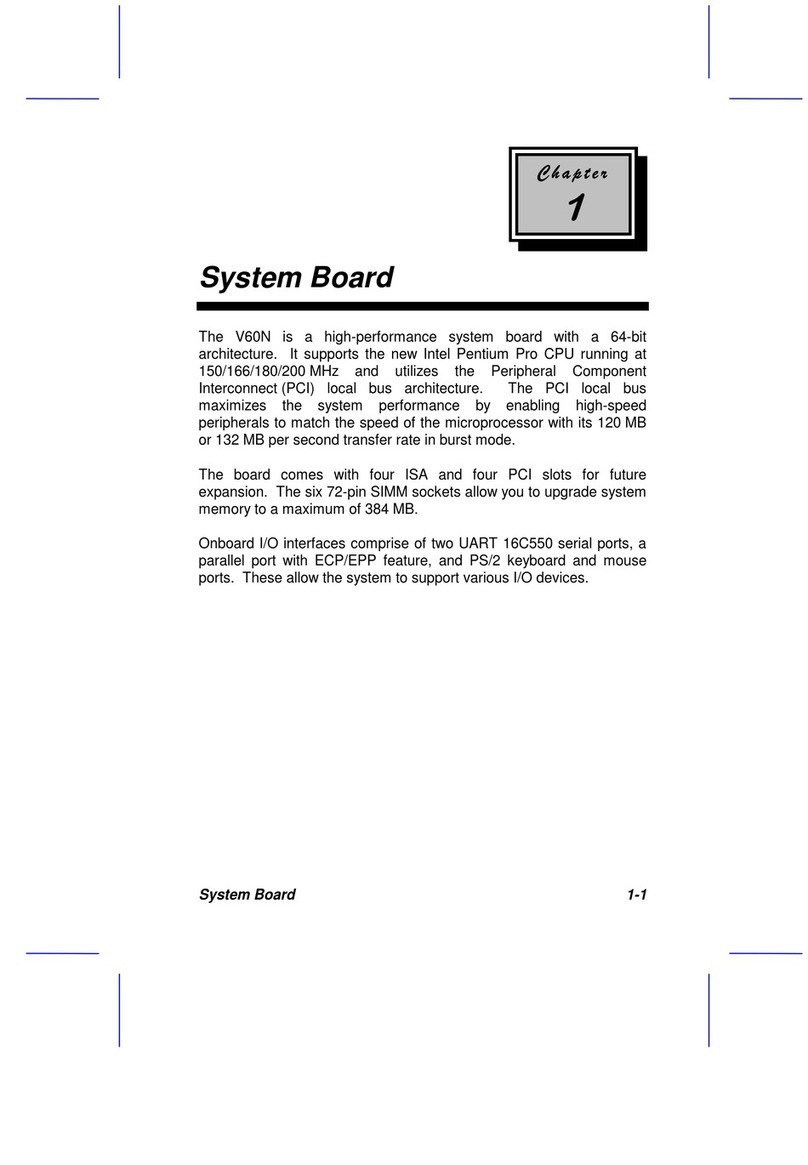
Acer
Acer V60N User manual

Acer
Acer Altos 12000 Series User manual
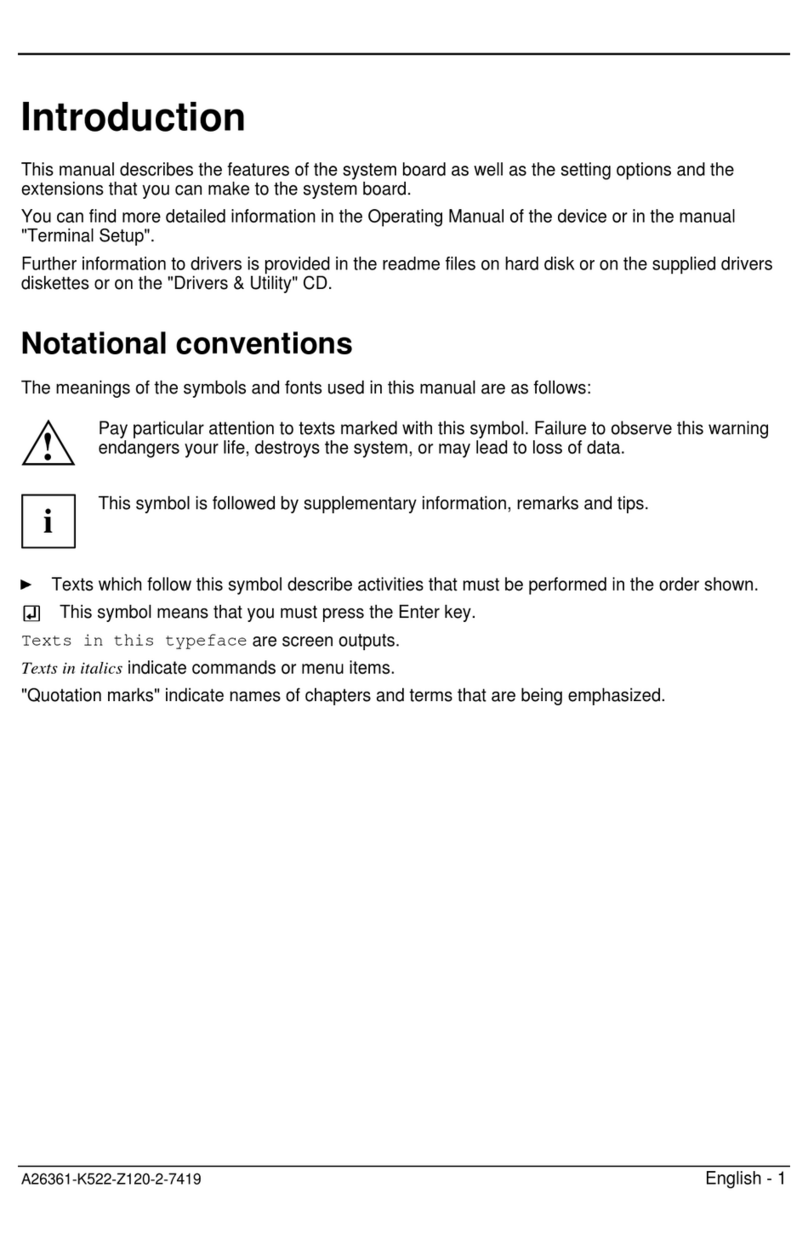
Acer
Acer V70LA User manual

Acer
Acer V35N User manual
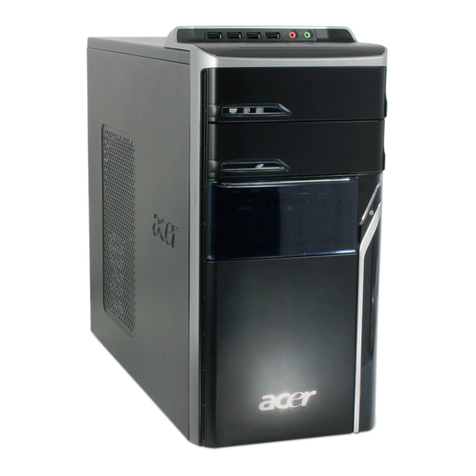
Acer
Acer Aspire M5640 Manual


